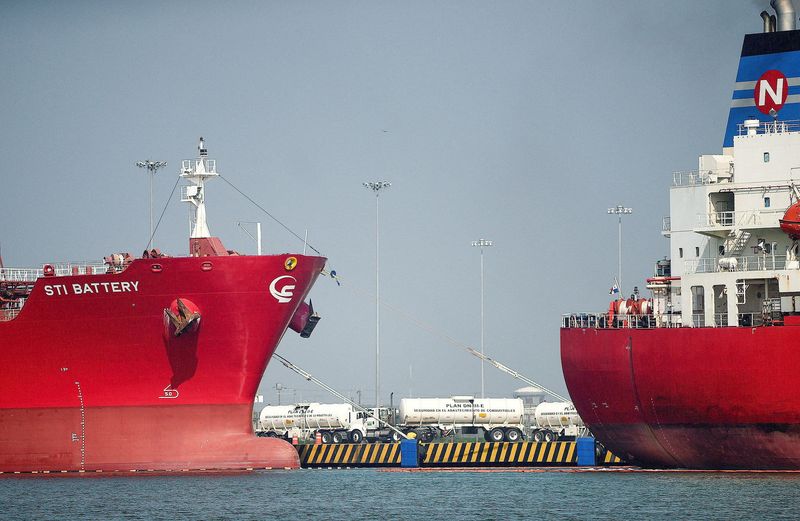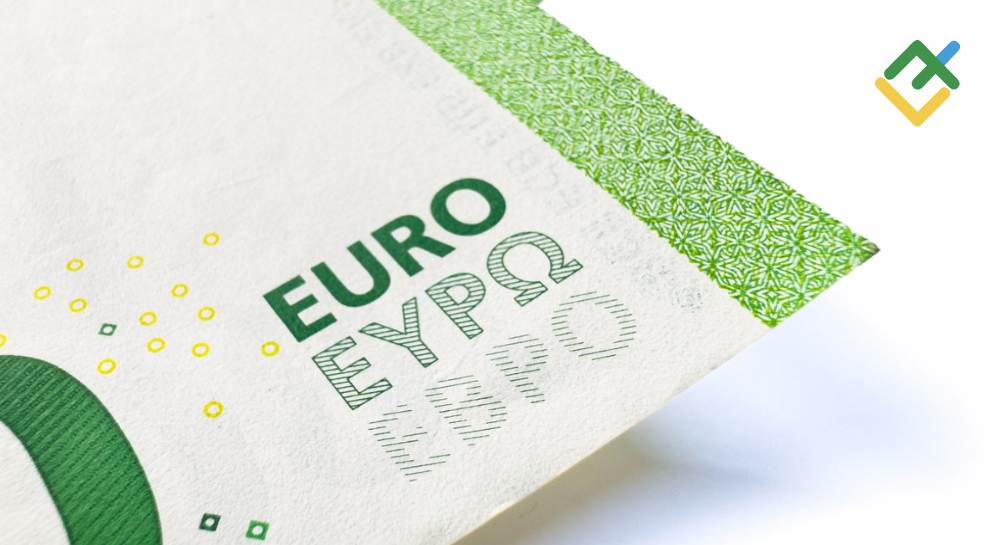
By Robert Harvey
LONDON (Reuters) -Oil futures jumped by about 1% on Monday as a potential hurricane approaching the U.S. Gulf Coast helped oil prices to recover some of the previous week’s heavy losses.
Brent crude rose 67 cents, or 0.94%, to $71.73 a barrel by 0901 GMT while West Texas Intermediate crude futures were up 68 cents, or 1%, at $68.35.
Prices of Brent crude had fallen in each of the past six trading sessions, retreating by more than 11%, or nearly $9 a barrel, to register the lowest closing price since December 2021 on Friday.
Analysts said Monday’s rebound was partly in response to a potential hurricane near the U.S. Gulf Coast.
A weather system in the southwestern Gulf of Mexico is forecast to become a hurricane before it reaches the northwestern U.S. Gulf Coast, the U.S. National Hurricane Center said on Sunday. The U.S. Gulf Coast accounts for about 60% of U.S. refining capacity.
“A small recovery in prices is under way this morning, inspired by hurricane warnings that might threaten the U.S. Gulf Coast, but the wider conversation remains on where demand will come from and what OPEC+ can do,” said PVM analyst John Evans.
The OPEC+ oil producer group last week agreed to delay a planned output increase of 180,000 barrels per day for October by two months in reaction to tumbling crude prices
Trading houses Gunvor and Trafigura expect oil prices to range between $60 and $70 a barrel because of sluggish Chinese demand and persistent oversupply, executives told the APPEC conference in Singapore on Monday.
Meanwhile, Morgan Stanley cut its Brent price forecast for the fourth quarter to $75 a barrel from $80, adding that prices are likely to remain around that level unless demand weakens further.
The weakness in China is driven by economic slowdown and inventory destocking, Jeff Currie, of U.S. investment company Carlyle Group (NASDAQ:CG), told APPEC.
Refining margins in Asia have slipped to their lowest seasonal levels since 2020.

A U.S. jobs report on Friday showed that August non-farm payrolls increased by less than market watchers had expected.
A decline in the jobless rate could slow the pace at which the Federal Reserve cuts interest rates, analysts said. Lower interest rates typically increase oil demand by spurring economic growth.
This post is originally published on INVESTING.





